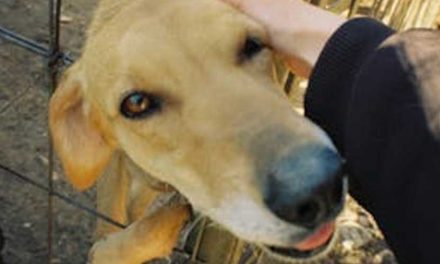As a dog owner, noticing that your furry friend is hesitant to join in on playtime or other activities can be concerning.
Dogs are usually full of energy and enthusiasm, so a lack of interest might signal that something is off.
Whether it’s a lack of motivation, fear, or even an underlying health issue, it’s important to approach the situation thoughtfully.
Here are several steps to help encourage your dog to be more engaged and active.
1. Assess Their Health
The first step should always be to ensure your dog is healthy.
A sudden change in behavior, such as reluctance to engage in activities, can be a sign of pain, discomfort, or illness.
Schedule a visit with your veterinarian to rule out any health issues.
They may conduct a physical examination or recommend tests to identify any underlying problems.
2. Identify Fears or Phobias
If your dog seems hesitant due to fear, understanding the cause is crucial.
It might be the sounds of a vacuum, the presence of strangers, or loud thunder.
Spend some time observing your dog’s behavior in different situations to pinpoint what triggers their reluctance.
If you can identify the cause, you may be able to gradually desensitize your dog to their fears through positive reinforcement and gradual exposure.
3. Modify the Environment
Sometimes, the environment plays a significant role in your dog’s reluctance.
If they feel anxious or overwhelmed by their surroundings, creating a more inviting space can help.
Make sure your play area is safe, quiet, and free from distractions.
Introduce familiar toys or blankets that can make your dog feel more secure.
4. Start Slow
If your dog is not used to engaging in certain activities, starting slow can make a big difference.
Instead of jumping into an intense game of fetch or a long hike, begin with short, low-pressure sessions.
This can help your dog gradually acclimate to the activity.
Use encouragement and positive reinforcement, such as treats or praise, to motivate them.
5. Find Their Motivation
Every dog has their own unique motivations.
Some may respond well to treats, while others might be more motivated by praise or their favorite toy.
Experiment with different rewards to see what excites your dog.
Once you find their preference, use it to encourage participation in activities.
6. Engage in Socialization
Sometimes, having a friend can help your dog feel more confident and motivated.
Consider arranging playdates with well-socialized dogs or enrolling in a dog obedience class.
Engaging with other dogs in a controlled environment can spark interest and encourage your dog to participate more actively.
7. Incorporate Mental Stimulation
Engaging your dog mentally can also help increase their overall activity level.
Puzzle toys, treat-dispensing toys, or even basic training exercises can provide mental challenges that stimulate interest and excitement.
A tired dog is often a happy dog, so mixing in brain games with physical activities can create a more balanced routine.
8. Observe and Adapt
Every dog has their unique personality and preferences.
If certain activities don’t seem to suit your dog, don’t be discouraged.
Be observant of their reactions and adapt your approach accordingly.
Experiment with various activities, such as agility training, swimming, or interactive games, to find what resonates with them.
Conclusion
A dog’s reluctance to engage in activities can stem from various factors, both emotional and physical.
By assessing their health, observing their behavior, and modifying your approach based on their needs, you can help rekindle your dog’s enthusiasm for play and exercise.
Remember to be patient and allow your dog to set the pace.
With time, understanding, and a little creativity, you can encourage your furry friend to embrace a more active and joyful life.











